5. Silent Running (1972)
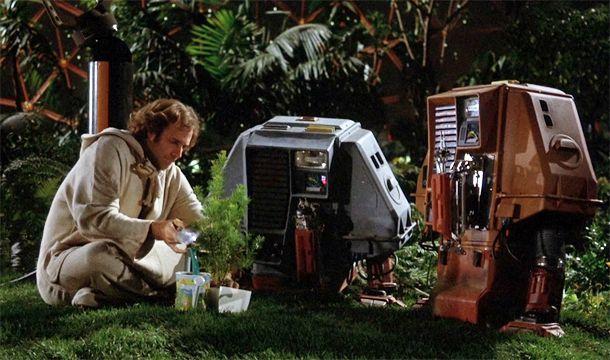
Astro-ecologist Freman Lowell (Bruce Dern) is given orders from earth to destroy his space-station greenhouse containing the last of the planet’s flora. Naturally, Lowell rebels, igniting a slow-burning story of rebellion, isolation, and placing importance in the preciousness of the natural world – talking points that certainly seem more relevant today than they were in 1972.
Director Douglas Trumball has made a worthy cautionary tale. Between the cold vacuum of space, showcased through the impressive model-work of satellites, to hearing that earth is now 75 degrees, we rejoice in Lowell’s pleasure in his orbiting Eden; its rich greens a rustic reminder of what the earth should be rather than what it is. Yet this is more than a simple black-and-white ecological fable, but one that dares to delight in the utopic visions of machines, with Lowell’s loveable androids helping to take care of the greenhouse.
Far from being evil mechanical monsters wishing to stamp out every flower, they are a pleasing subversion to the aforesaid sci-fi staple. These robots, without man’s faults, might very well be our saviours. Their cuteness balances a melancholy performance from Dern, who rightly brings the seriousness of climate change to life, spurring the viewer into a want for action.
4. The Tenth Victim (1965)
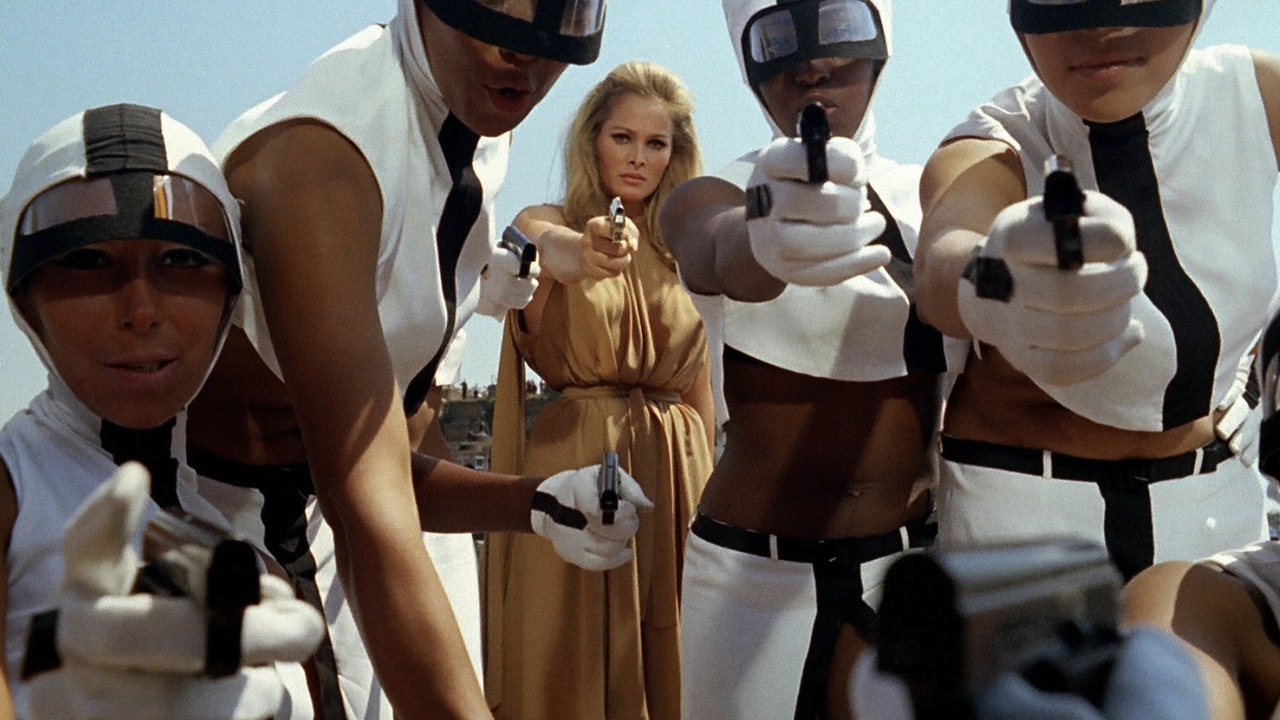
A televised show in the future called “The Big Hunt” has replaced humanity’s need for bloodshed and war. Now, as entertainment for the masses, murder and mayhem is brought to you by surreptitious sponsors, helping you to quench your Thanatos thirst – the death drive clawing within us all. Caroline Meredith (a magisterial Ursula Andress) is a champion hunter looking to kill her tenth victim (Marcello Polletti). And so sets up a film imbued with the kooky kinetic energy of the 1960s, swinging from scene to scene with the help of a freakishly sexy score by Pierro Piccioni and a confectionary of colourful costumes, featuring a rather groovy machine-gunning bikini – a highlight of an overall outrageous fashion extravaganza.
The film is pop art come to life. It’s a comic book, a fashion magazine, the stuff of dreams and acid trips, a heightened world where style and death walk hand in hand. Bizarre and zany and so much fun, the film has flashes of Brave New World on LSD, whilst also acting as a Freudian fever dream with its depictions of violence and mediatisation being both satirical and thought-provoking. Tenth Victim has so much style whilst having its finger on the pulse in the burgeoning culture of celebrity that was beginning to rear its glitzy head in the sixth decade of the 20th century. Its a crazy yet not too outlandish idea that would fit comfortably within the wealth of other bizarre and crude reality shows we have today – it’s a catwalk of humanity’s drives and desires, exhibiting its spirit of competition, consternation and play.
3. A Boy and His Dog (1975)
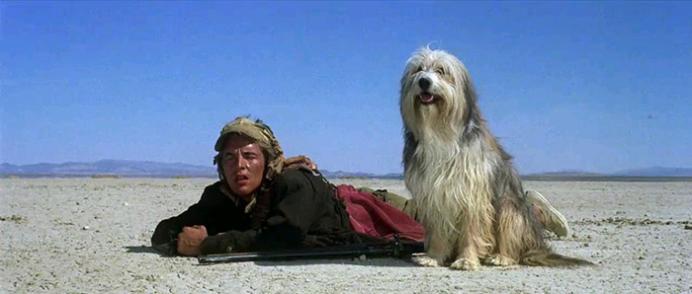
Sulky scavenger Vic (Don Johnson) and his telepathic dog Blood (voiced by Tim Mclintre) navigate the arid remains of Phoenix, Arizona in the aftermath of 2024’s WWIV. Based on Harlan Ellison’s novella, A Boy and His Dog is a rip-roaring apocalyptic adventure. Among rocky barren landscapes, all Vic and Blood have is their friendship and their appetites for eating food and getting laid. From its opening montage of nuclear warfare to its Star Wars-esque crawl detailing the war’s events, the film proffers a pizzazz for speculative elements – not least for having a telepathic dog as one of its characters. This fuzzball might very well be the greatest dog in all of sci-fi, bristling with a wry personality, from its witty ripostes and putdowns to being an excellent salubrious vessel for humour – something that science fiction – outside the realms of spoof – has often struggled with, and is nice to see done so well.
Director L. Q. Jones heaps us with humour from the goofy to the black; never once is it misplaced. Such levity is the perfect contrast to this dark chapter in humanity’s history, as well as the dire straits of our heroes, adding a great deal of verisimilitude to Vic and Blood’s weathered relationship, as well as the wrecked world they now inhabit.
Throughout the film Jones deploys masterful examples of world-building that ignite the imagination, from a ragtag carnivalesque slave buggy to a gritty gratuitous picture house, to the unseen glowing green radioactive monsters known only as the screamers, to a clandestine picnicking underground society – everything hints to a wider world, giving us a tantalising peak into a future that seems just as foreign and absurd as it does real and familiar – one that would go on to inspire the likes of Mad Max (1979) and the Fallout video games. But Vic and Blood, a sparring pair, often framed in beautiful wide shots against the sky and the earth, is the film’s real highlight. Jones crafts a worthy meditation as to whether Man’s oldest relationship between himself and his best friend can last when everything else in the world hasn’t. It also boasts one of the greatest last lines in cinematic history, rivalling Some Like It Hot (1959).
2. Fantastic Planet (1973)
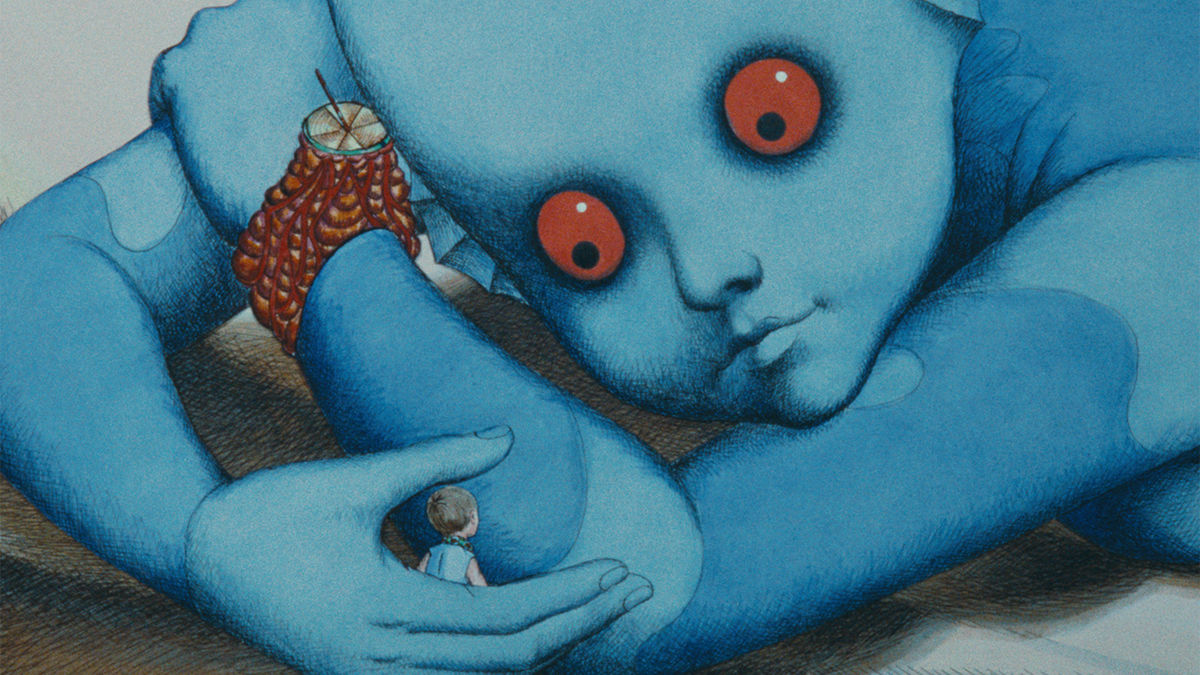
The Omms are diminutive humanoids living as the playthings for a race of giant blue aliens known as the Traags. An instance of revolutionary knowledge sends one Omm running from his suppressors, setting up a modern myth of proletariat struggle and Promethean proportions.
Director and co-writer Rene Laloux has crafted a visually-stunning animated fable in this story of sentience, rebellion, and the championing of life, no matter how small or seemingly insignificant. Animated by Jirí Trnka Studio, each frame could have sprung from the minds of Salvador Dali or Hieronymus Bosch. Creatures and vistas are indescribable, fitting only the visual medium of film, fresh from the deepest darkest wells of the unconscious, with the latent becoming manifest. And there is plenty of substance to match the stunning style of this animation.
Laloux’s fable is rich in philosophical ponderings, as only the finest science-fiction is: expressions of creationism, absurdism, simulation theory and so much more are all explored, brought to life by a 70s discothèque soundtrack. Composer Alain Goraguer crafts quite the Pink Floydian tune with a half-time tempo, harpsichord and wah-wah guitar. It all proves a fitting sound as the Oms make their dream-like way into a larger surrealist world.
Scale, in both the literal size of the creatures as well as the largeness of their ideals, is an important theme of the film. One is reminded of a quote by French thinker Claude Levi Strauss: “the intrinsic value of a small-scale model is that is compensates for the renunciation of sensible dimensions by the acquisition of intelligible dimensions.” In other words, alterations in scale sacrifice the sensible in favour of the intelligible. The sensory struggle of the Oms against their masters and their fight to harness and navigate their newly-found knowledge and world compresses the absurdist aleatoric game of life we all play into the intelligible narrative of film – one that is rich in philosophy and, put simply, fantastique!
1. On the Beach (1959)
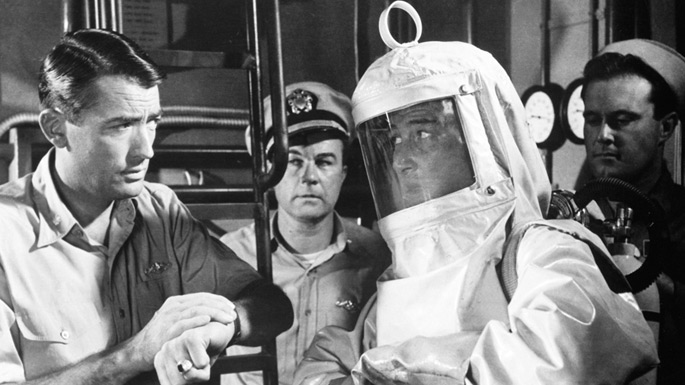
Coming out of the height of the Cold War and in the shadow of very possible nuclear destruction, director Stanley Kramer gives us On the Beach, a science-fictive drama that loses none of its edge, with the same dangers and awful possibilities hanging over our heads today.
Gregory Peck and Anthony Perkins are U.S. sailors stationed in Australia, the only part of the world to have survived WWIII, but soon to be doomed by deadly radioactive air currents. Here, like in the post-war world the film was made in, humanity is blistered and bruised by the awful trauma it has been through. People are at their rawest in what is a criminally underrated piece of speculative storytelling and a prime study of character work.
Every individual in On the Beach feels like a real person, riddled with flaws and insecurities. Peck is stoic and internally shattered by what he has seen, but it is his love interest, party girl Moira (Ava Gardner) that is the standout performer, offering a bewitching vulnerability as she swigs drink after drink; a woman desperate for love, raging against the dying light of the world. Its an endearing work of humanity that showcases Gardner to be more than just a classic Hollywood beauty, but presents her as one of the finest actresses of her generation.
Suicide, alcoholism – vices galore! Not exactly Flash Gordon, but a story that very much resonates. And the weight and trauma of such consequences are always felt, entrenching this speculation into a reality that it given impactful depth and power. Though it features the haunting effects of a deserted San Francisco, it is the romance and characters that will make the film haunt your mind – even featuring Fred Astaire’s first serious role, which he does to great affect. It is a thinking man’s sci-fi, stripped from all spaceships and space battles. Characters talking, philosophising, mulling what could and could not have been are more thrilling than any special effect could be.
Earnest Gold’s score, with the Australian Ballad Waltzing Matilda being a refrain, is the perfect accompaniment to the film’s spirit of broken resilience in this post-war life. But even in its darkest hours, humanity finds a way to strive and comfort one another. It will bring thoughts to your head and tears to your eyes. On the Beach is a special film – an anomaly of the science-fiction genre that still astonishes today.